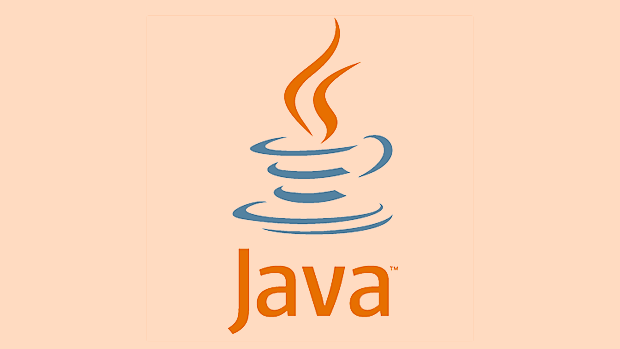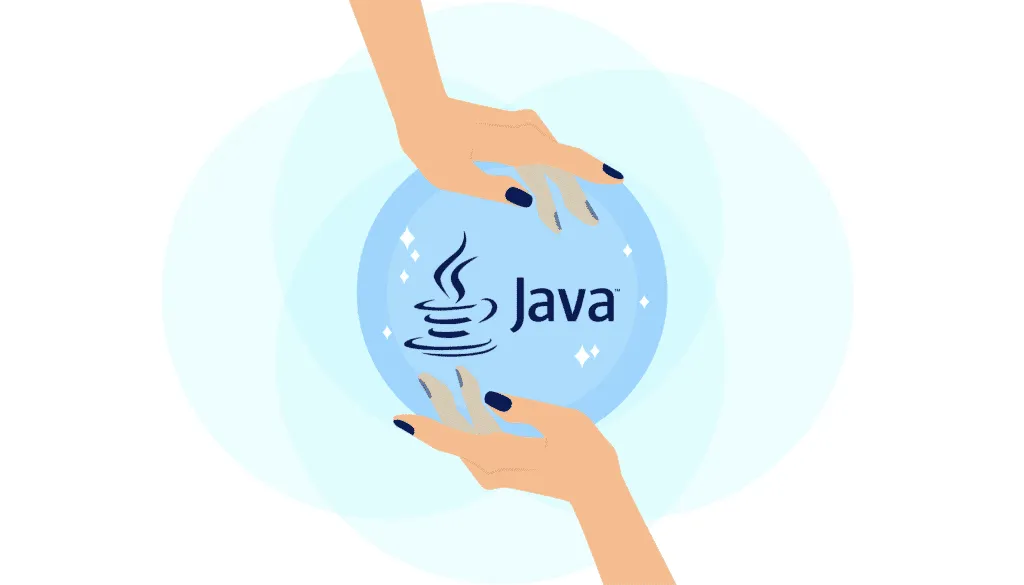The core uses of the Java Reflection API include dynamically creating objects and calling methods, implementing common frameworks and libraries, and testing private members and methods. 1. Dynamically create objects and call methods can be loaded through Class.forName(), getDeclaredConstructor().newInstance(), and invoke() calls methods; 2. Common frameworks such as Spring and Hibernate use reflection to implement dependency injection and database mapping; 3. Private members can be accessed through reflection in unit tests, but abuse should be avoided in production code. Rational use of reflection can improve code flexibility and scalability, but you also need to pay attention to performance and security issues.

The Java Reflection API is a powerful tool that allows programs to check information about classes, interfaces, fields, and methods at runtime, and can call methods and access fields at runtime. Although reflection is not the most commonly used tool in daily programming, it is very practical in certain specific scenarios.

Dynamically create objects and call methods
Many times you may not know the class or method name to use until the program runs. For example, in a plug-in system, the main program may need to load a class and call its methods according to the configuration file. This is the time to use reflection to complete it:

- Loading the class using
Class.forName("com.example.MyClass") - Create an instance with
getDeclaredConstructor().newInstance() - After obtaining the method, use
invoke()to call the method
This method can achieve a highly decoupled design, making the system more flexible, but also requires attention to performance issues and security control.
Implementing common frameworks and libraries
Many Java frameworks (such as Spring and Hibernate) use reflection mechanisms extensively. They do not require you to know the details of specific classes, and they can automatically inject dependencies, map database tables to objects, etc.

For example, a Spring container scans classes with annotations, creates beans through reflection and manages their life cycle. Hibernate uses reflection to convert database records into corresponding Java objects.
Such applications usually need to be used in conjunction with annotations, which allows developers to define behavior through simple tags, while the framework is responsible for parsing this information and executing the corresponding logic.
Test private members and methods
When testing unit, you sometimes need to access private methods or fields in the class to ensure that the internal logic is correct. This is not allowed under normal circumstances, but with the help of reflection, we can bypass access control.
Field field = MyClass.class.getDeclaredField("privateField");
field.setAccessible(true);
Object value = field.get(instance);This method is useful in testing, but is not recommended to be abused in production code. After all, destroying the packaging can cause maintenance troubles.
In addition, some testing frameworks (such as PowerMock) also have built-in support for private member access, and the underlying layer is achieved through reflection.
Basically that's it. The Reflection API is indeed powerful, but be careful not to overuse it. Making it rationally can make your code more flexible and scalable.
The above is the detailed content of Practical Use Cases for Java Reflection API. For more information, please follow other related articles on the PHP Chinese website!

Hot AI Tools

Undress AI Tool
Undress images for free

Undresser.AI Undress
AI-powered app for creating realistic nude photos

AI Clothes Remover
Online AI tool for removing clothes from photos.

Clothoff.io
AI clothes remover

Video Face Swap
Swap faces in any video effortlessly with our completely free AI face swap tool!

Hot Article

Hot Tools

Notepad++7.3.1
Easy-to-use and free code editor

SublimeText3 Chinese version
Chinese version, very easy to use

Zend Studio 13.0.1
Powerful PHP integrated development environment

Dreamweaver CS6
Visual web development tools

SublimeText3 Mac version
God-level code editing software (SublimeText3)

Hot Topics
 Difference between HashMap and Hashtable?
Jun 24, 2025 pm 09:41 PM
Difference between HashMap and Hashtable?
Jun 24, 2025 pm 09:41 PM
The difference between HashMap and Hashtable is mainly reflected in thread safety, null value support and performance. 1. In terms of thread safety, Hashtable is thread-safe, and its methods are mostly synchronous methods, while HashMap does not perform synchronization processing, which is not thread-safe; 2. In terms of null value support, HashMap allows one null key and multiple null values, while Hashtable does not allow null keys or values, otherwise a NullPointerException will be thrown; 3. In terms of performance, HashMap is more efficient because there is no synchronization mechanism, and Hashtable has a low locking performance for each operation. It is recommended to use ConcurrentHashMap instead.
 What are static methods in interfaces?
Jun 24, 2025 pm 10:57 PM
What are static methods in interfaces?
Jun 24, 2025 pm 10:57 PM
StaticmethodsininterfaceswereintroducedinJava8toallowutilityfunctionswithintheinterfaceitself.BeforeJava8,suchfunctionsrequiredseparatehelperclasses,leadingtodisorganizedcode.Now,staticmethodsprovidethreekeybenefits:1)theyenableutilitymethodsdirectly
 How does JIT compiler optimize code?
Jun 24, 2025 pm 10:45 PM
How does JIT compiler optimize code?
Jun 24, 2025 pm 10:45 PM
The JIT compiler optimizes code through four methods: method inline, hot spot detection and compilation, type speculation and devirtualization, and redundant operation elimination. 1. Method inline reduces call overhead and inserts frequently called small methods directly into the call; 2. Hot spot detection and high-frequency code execution and centrally optimize it to save resources; 3. Type speculation collects runtime type information to achieve devirtualization calls, improving efficiency; 4. Redundant operations eliminate useless calculations and inspections based on operational data deletion, enhancing performance.
 What is an instance initializer block?
Jun 25, 2025 pm 12:21 PM
What is an instance initializer block?
Jun 25, 2025 pm 12:21 PM
Instance initialization blocks are used in Java to run initialization logic when creating objects, which are executed before the constructor. It is suitable for scenarios where multiple constructors share initialization code, complex field initialization, or anonymous class initialization scenarios. Unlike static initialization blocks, it is executed every time it is instantiated, while static initialization blocks only run once when the class is loaded.
 Why do we need wrapper classes?
Jun 28, 2025 am 01:01 AM
Why do we need wrapper classes?
Jun 28, 2025 am 01:01 AM
Java uses wrapper classes because basic data types cannot directly participate in object-oriented operations, and object forms are often required in actual needs; 1. Collection classes can only store objects, such as Lists use automatic boxing to store numerical values; 2. Generics do not support basic types, and packaging classes must be used as type parameters; 3. Packaging classes can represent null values ??to distinguish unset or missing data; 4. Packaging classes provide practical methods such as string conversion to facilitate data parsing and processing, so in scenarios where these characteristics are needed, packaging classes are indispensable.
 What is the Factory pattern?
Jun 24, 2025 pm 11:29 PM
What is the Factory pattern?
Jun 24, 2025 pm 11:29 PM
Factory mode is used to encapsulate object creation logic, making the code more flexible, easy to maintain, and loosely coupled. The core answer is: by centrally managing object creation logic, hiding implementation details, and supporting the creation of multiple related objects. The specific description is as follows: the factory mode handes object creation to a special factory class or method for processing, avoiding the use of newClass() directly; it is suitable for scenarios where multiple types of related objects are created, creation logic may change, and implementation details need to be hidden; for example, in the payment processor, Stripe, PayPal and other instances are created through factories; its implementation includes the object returned by the factory class based on input parameters, and all objects realize a common interface; common variants include simple factories, factory methods and abstract factories, which are suitable for different complexities.
 What is the `final` keyword for variables?
Jun 24, 2025 pm 07:29 PM
What is the `final` keyword for variables?
Jun 24, 2025 pm 07:29 PM
InJava,thefinalkeywordpreventsavariable’svaluefrombeingchangedafterassignment,butitsbehaviordiffersforprimitivesandobjectreferences.Forprimitivevariables,finalmakesthevalueconstant,asinfinalintMAX_SPEED=100;wherereassignmentcausesanerror.Forobjectref
 What is type casting?
Jun 24, 2025 pm 11:09 PM
What is type casting?
Jun 24, 2025 pm 11:09 PM
There are two types of conversion: implicit and explicit. 1. Implicit conversion occurs automatically, such as converting int to double; 2. Explicit conversion requires manual operation, such as using (int)myDouble. A case where type conversion is required includes processing user input, mathematical operations, or passing different types of values ??between functions. Issues that need to be noted are: turning floating-point numbers into integers will truncate the fractional part, turning large types into small types may lead to data loss, and some languages ??do not allow direct conversion of specific types. A proper understanding of language conversion rules helps avoid errors.






